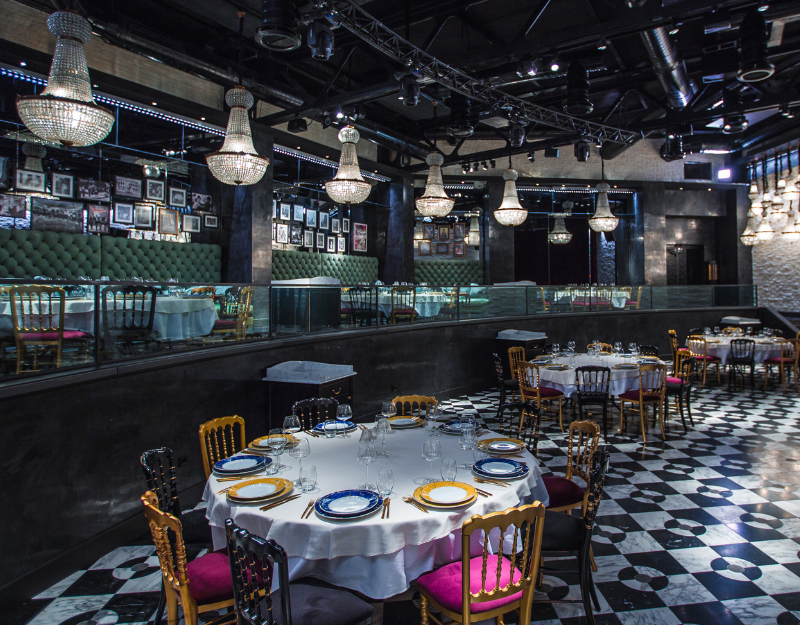Starting a successful restaurant involves more than just cooking delicious meals. A solid restaurant business plan acts as the backbone. It guides you through each step towards success. It outlines your vision, identifies key challenges, and sets a path for growth. From financial projections to marketing strategies, these plans detail the ingredients necessary for a thriving establishment. In this article, we’ll dive into the 12 key elements that every aspiring restaurateur needs to include in their restaurant business plan. Whether you’re dreaming of opening a cozy cafe or a fine dining experience, mastering these components will help turn your culinary vision into reality.
How Do You Create a Successful Restaurant Business Plan? 12 Key Steps Explained
Craft a comprehensive restaurant business plan. This is crucial for anyone looking to enter the bustling food industry. This guide offers insights into the 12 essential elements that form the backbone of a solid plan, serving as a roadmap for both new and seasoned restaurateurs.
1. Elevator Pitch Overview:
The executive summary serves as the storefront of your restaurant business plan, inviting investors and stakeholders with a compelling glimpse into your vision. It encapsulates your restaurant’s essence, mission, strategic direction, and key financial objectives. This section is pivotal, as it sets the tone and persuades readers to delve deeper into your detailed plan.
2. Culinary Concept Definition:
This segment paints a vivid picture of your restaurant’s identity, detailing the cuisine, ambiance, and service style. It articulates your concept’s uniqueness and how it fills a gap in the market. Additionally, it addresses the inspiration behind your restaurant, the experience you aim to deliver, and the narrative that distinguishes your establishment from others.

3. Market Insights:
Market analysis meticulously assesses the landscape you’re entering, spotlighting industry trends, target demographics, and competitor evaluations. It demonstrates an in-depth understanding of the market demands and how your restaurant intends to meet them. This analysis is foundational, guiding your strategic decisions and highlighting your restaurant’s potential market position.

4. Marketing Tactics:
This plan outlines your approach to attracting and retaining customers, detailing promotional tactics, pricing strategies, and customer engagement plans. It should illustrate a multifaceted approach that encompasses digital marketing, traditional advertising, and community engagement. The strategy aims to build brand awareness, drive customer acquisition, and foster loyalty.
5. Team Structure:
Detailing the organizational structure, this part emphasizes the leadership team’s expertise and roles within the restaurant. It reassures investors of the team’s capability to execute the business plan, highlighting the management’s background, responsibilities, and how their experience aligns with the restaurant’s goals.
6. Menu Crafting:
In this section, you delve into the menu’s conceptualization, focusing on dish selection, pricing strategy, and sourcing of ingredients. The menu should reflect the restaurant’s concept and appeal to the target demographic. It’s also important to consider cost efficiency and the potential for seasonal updates to keep the offering fresh.

7. Design Concept:
This element addresses the physical layout and aesthetic appeal of your restaurant, including interior design, seating arrangement, and thematic elements. The design should enhance the dining experience, ensuring functionality while embodying the restaurant’s concept and atmosphere.
8. Furniture Selection:
Restaurant’s furniture selection combines functionality with style, contributing to the overall ambiance and comfort. This section should explore how each piece fits into the restaurant’s theme, the durability of materials, and the layout’s impact on customer experience and operational flow.

9. Financial Forecast:
The financial plan is a comprehensive projection of your restaurant’s financial future, including startup costs, revenue forecasts, and break-even analysis. It must demonstrate a clear path to profitability, outlining budgeting, expected financial growth, and investment returns. This section is critical for securing funding and managing financial risks.
10. Risk Strategy:
Identifying potential risks and devising strategies to mitigate them is crucial for any business. This includes market fluctuations, supply chain disruptions, and operational challenges. A well-thought-out risk management plan shows preparedness and resilience, crucial for long-term success.
11. Choosing a Location:
The choice of location can significantly impact your restaurant’s accessibility, visibility, and attractiveness to your target market. Discuss the rationale behind the location choice, considering factors like foot traffic, competition, and proximity to suppliers. A strategic location aligns with your market analysis and business strategy.
12. Tech Integration:
Emphasizing the role of technology in optimizing operations, enhancing customer service, and marketing. This includes point-of-sale systems, reservation and ordering platforms, and social media strategies. Effective technology integration can streamline processes, improve customer experiences, and provide valuable data insights.
Each of these elements is a critical component of a well-rounded restaurant startup business plan, offering a structured approach to turning your vision into a viable, successful venture.
Final thoughts,
Understanding and implementing these 12 key steps in your restaurant business plan paves the way for success. From capturing your vision in the executive summary to integrating the latest technology, every element plays a critical role in distinguishing your restaurant in a competitive market. This blueprint not only guides your journey but also attracts potential investors and partners who share your passion for the culinary arts. Ready to turn your dream restaurant into a reality? Start drafting your comprehensive restaurant business plan today and set the stage for your success story.

